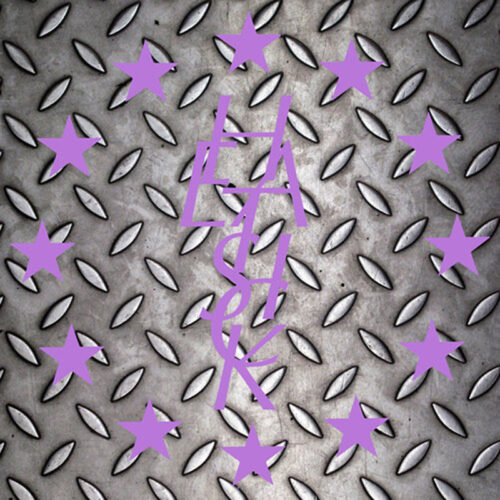Methods like »Cut-Up« or »Fold-In«, practiced by William S. Burroughs and the Beatnicks, have strengthened and broadened people’s awareness for literature. When applying these techniques, you’ll soon find coherence and connections where there weren’t any; synapses are brought together, so that a new understanding of the respective matter comes into existence. It’s entertaining, funny, and also getting old quite quickly – how often do we catch ourselves folding pages of books into one another, reading beyond the book’s rim, or pulling our Shakespeare out of the shelf in order to cut it into pieces and them putting it back together, making the literature sparkle again? Still, it’s no endless fun we’re talking about. I’m even a bit afraid that the same thing could happen to »Re-Engineering«. The record starts out with a track of the same name, stringing together countless terms, idioms and headlines, read out by a woman’s voice. What’s to be heard means a lot and says very little, the joke of it all deriving from the interplay with structures and relations. Hence, this very first track unfolds the principle of the whole record, on which Steven Warwick recomposes snippets of electronic music in the most unusual manner: when you expect a tom, you’ll hear a snare; when the bass-drum should be starting, you’ll hear a melody from a toy-keyboard. When thinking: „upsy-daisy, Techno!“, be prepared to hear drumming on tropical woods or the picking of a Spanish guitar (which is the Wevie-Stonder-moment). Then the saxophones will set in, which your ears had already rejected in the 1980s (which is the Oneohtrix-Point-Never-moment). Then you’ll hear a ride through Berlin, sitting on the U1-train, until you’re taken to an East-London rave by a rather dubious figure. And in the end, you’ll wake up in a bird cage. In short: This music is marvelously insane. But it’s produced seriously, knows lots about electronic music, grooves like crazy and wants to be heard.
Claire Rousay
The Bloody Lady
Viernulvier






